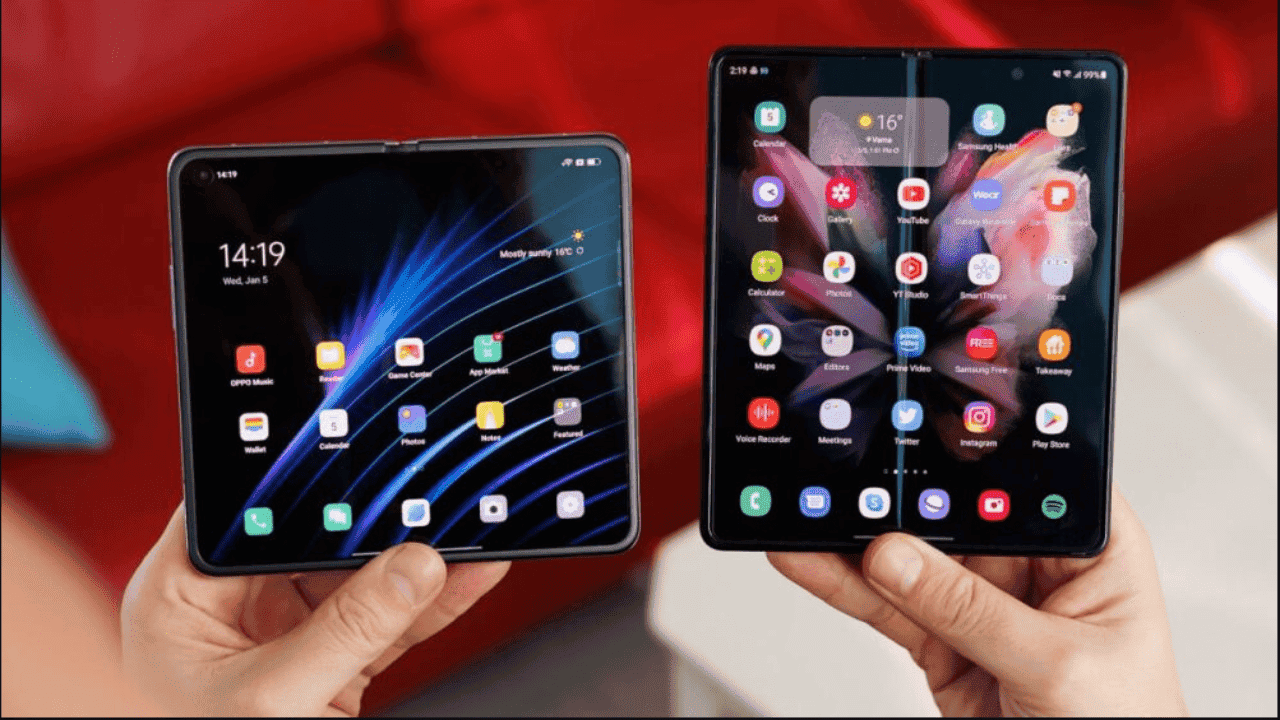As we enter the second half of 2024, tech enthusiasts are eager to explore the latest gadgets. Various brands have unveiled their new foldable phones, creating a buzz in the tech community. In July alone, we saw major launches from top brands, showcasing their new folding screen flagships. This article will help you understand the pros and cons of large and small folding phones, helping you decide which is best for you.
Rise of Foldable Phones
Foldable phones have come a long way since their inception back in 2019. Brands like Samsung, Huawei, OPPO, Vivo, Honor, and Xiaomi now offer both large and small foldable models. These phones promise a blend of innovation and convenience, but choosing between a large and small foldable can be tricky. Let’s delve into the key aspects of both.

Large Foldable Phones
Pros
1. Large Screen and Battery
The main appeal of large foldable phones is their expansive screens. These devices aim to fit a big screen into a pocket-sized form. The display quality, foldability, and crease control of flexible screens are areas where brands compete fiercely. A large screen provides an immersive experience, ideal for watching videos or browsing the web. Moreover, the extra space allows for a larger battery, enhancing the phone’s battery life.
2. Superior Audio-Visual Experience
Large foldables often deliver a better audio-visual experience. The horizontal folding models, in particular, excel in this regard, offering a good balance between screen size and portability. This makes them perfect for users who prioritize media consumption.
Cons
1. High Cost
One of the main drawbacks of large foldable phones is their high cost. The advanced technology and materials used in these devices lead to higher design and production costs. As flagship products, they are priced at the higher end of the market.
2. Unequal Basic Experience
Despite their high cost, foldable phones often lag behind traditional straight-screen phones in areas like space utilization, configuration, and weight. While recent models have improved in terms of weight, the foldable structure can still lead to compromises in areas like photography, heat dissipation, and battery life. This means that users may spend more money for a foldable phone that doesn’t match the basic performance of a straight-screen flagship.

Small Foldable Phones
Pros
1. Portability
The key advantage of small foldable phones is their portability. These devices are designed to be compact and lightweight, fitting easily in one hand when folded. This makes them convenient to carry and store, appealing to users who value fashion and portability.
Cons
1. Operational Challenges
Using a small foldable phone can require two hands for opening and closing. While the quality of flexible screens has improved, pushing the screen open with fingertips is not recommended. The surface of foldable screens is often covered with a soft film that can be easily marked by fingernails, affecting durability.
2. Limited Space Utilization
The compact size of small foldable phones means less space for internal components. Most small foldables have battery capacities around 4000 mAh, which can limit battery life. Additionally, compromises in heat dissipation, lens configuration, and vibration motor quality can impact the overall user experience.
Making the Choice
Choosing between a large and small foldable phone depends on your needs and preferences. Here’s a summary to help you decide:
Large Foldable Phones:
- Pros: Large screen, better audio-visual experience, larger battery.
- Cons: High cost, compromises in basic performance aspects.
Small Foldable Phones:
- Pros: Compact, light weight, easy to carry and store.
- Cons: Requires two hands for operation, limited battery life, and internal space utilization.

Conclusion
Even with flagship-level large foldable phones, there is still a gap in daily performance compared to straight-screen flagships. However, this gap has been reducing over the years. Large foldables offer an excellent audio-visual experience and are recommended for users who prioritize media consumption and can compromise on some performance aspects.
Small foldable phones, on the other hand, excel in portability but come with several compromises in daily use. They are best suited for users who need a compact device that fits into small bags or formal attire with limited storage space.
For most users, traditional straight-screen flagships remain the most practical choice due to their balanced performance and fewer compromises. However, foldable phones cater to users with specific needs and preferences, offering a blend of innovation and convenience that traditional phones cannot match. In summary, your choice between a large or small folding phone should be guided by your priorities and lifestyle. Consider what aspects are most important to you, and choose a device that best meets those needs.





